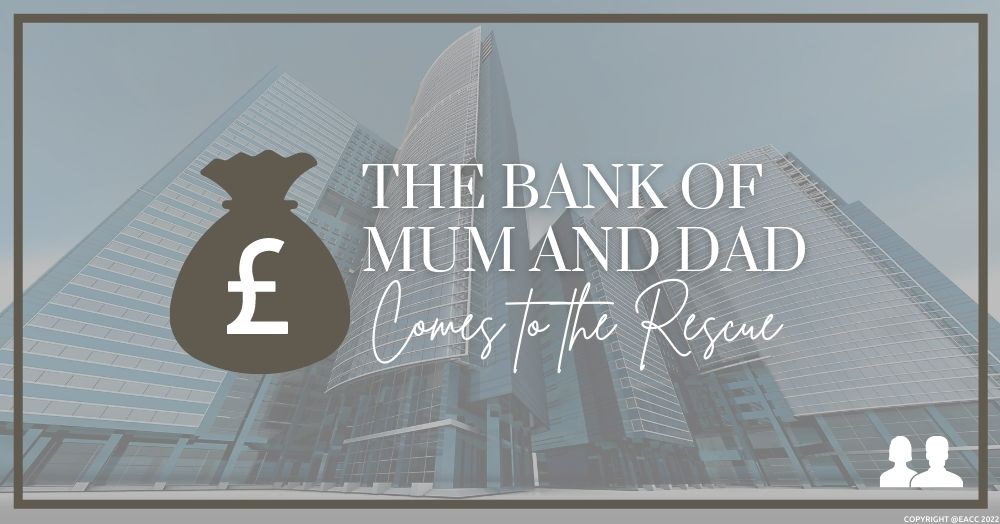
There’s one financial institution that never seems to go out of fashion, and that’s the dear old Bank of Mum and Dad (or BOMAD for people who like acronyms).
About half of all first-time buyers (FTBs) last year relied on BOMAD, with parents dishing out a record £9.8 billion to help their offspring get on the property ladder.1 The average contribution was £58,000.
And in the past ten years, BOMAD has coughed up £54 billion, assisting 1.4 million buyers.2
What’s driving the trend?
There’s certainly been a lot of talk lately about millennials and their spending habits.
TV property presenter Kirstie Allsopp sparked debate with her suggestion that young people ditch their gym memberships and Netflix subscriptions if they want to become property owners. (Ironically, Kirstie received a helping hand from BOMAD when she bought her first flat in 1996.)
Twitterstorms aside, there’s no doubt that wage rises have not kept pace with property prices over the years.
The average house in the UK now costs more than eight times average earnings. In the mid-1990s, house prices were around four times average earnings.3
FTBs are also getting older. These days, the average FTB is 31. A decade ago, it was 29.4
Other influencing factors
Things were particularly tough for FTBs during the early days of the pandemic because of changes to mortgage availability.
Most lenders withdrew their 95% loan-to-value products, heightening the need to call on BOMAD for help getting the deposit together.
However, the situation has since eased, and many 95% loan-to-value deals have been reintroduced.
This news has been tempered by rising gas prices, interest rates, and inflation, so it’s swings and roundabouts for FTBs.
How do they find the money?
While some parents draw on existing savings, a growing number are downsizing and releasing some equity to their children in the process.
Rather than bequeathing all their wealth, many parents are deciding to share some funds sooner rather than later.
For up-to-the-minute news on the property market in Chelmsford, contact us here at Martin & Co.
1 Source: Savills
2 Source: Savills
3 Source: Schroders/Bank of England, 2020
4 Source: Halifax Bank, 2021



